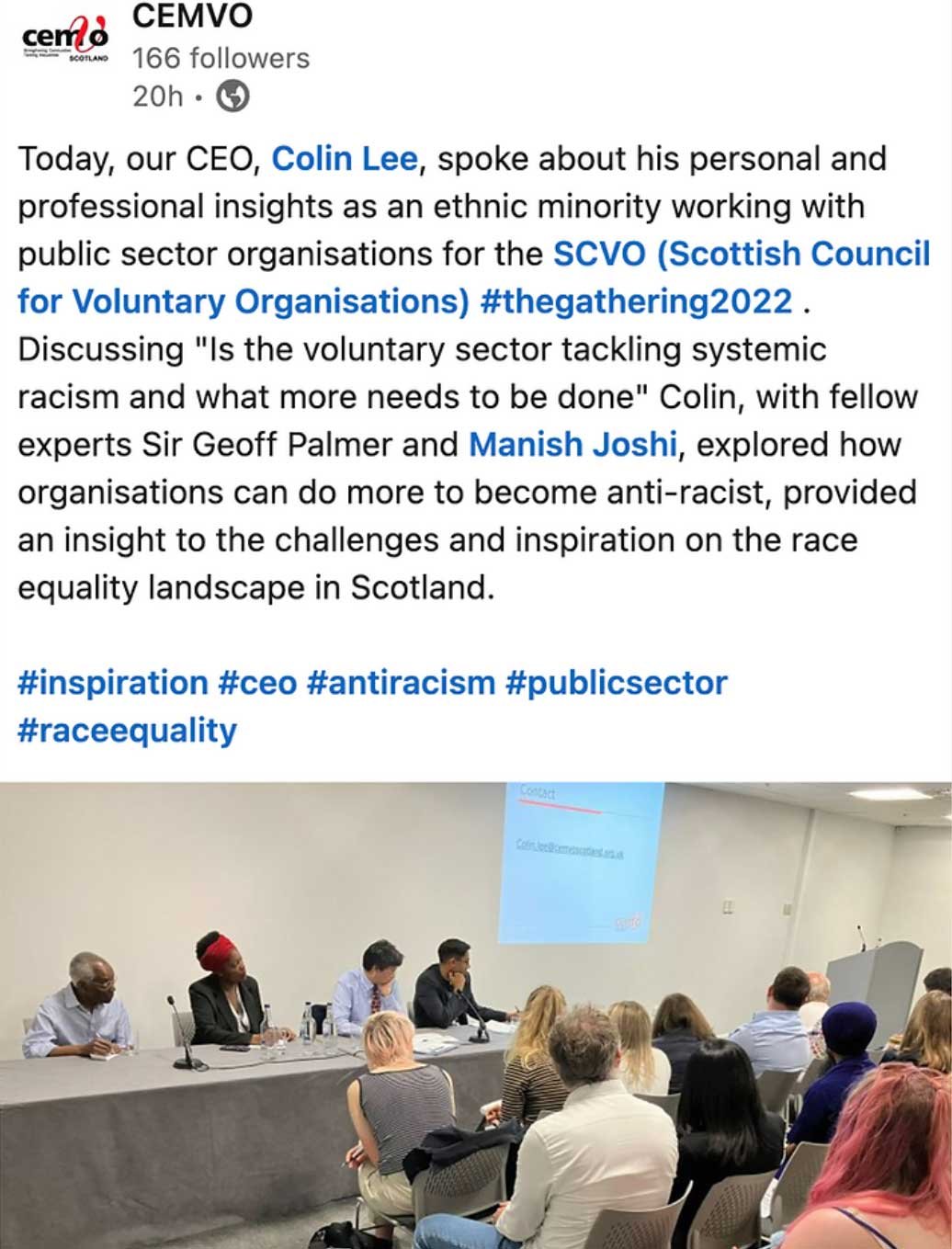Black Female Contribution Erased – Again
Far too often, the valuable contributions of black women are disregarded or erased, both in discussions and professional environments. Despite investing our time and energy to create inclusive spaces where everyone's voice is heard, we find that our contributions are deliberately excluded and erased. This exclusionary behaviour occurs when those who share the table with us privately congratulate themselves or acknowledge everyone except the black woman who played an integral role in sparking the conversation and offering valuable suggestions and ideas to support the people present.
Recently, I was invited to share my expertise as part of a panel consisting of other professionals in the third sector. While my team hasn't yet posted about it on LinkedIn, we made sure to tag all the expert speakers on our other social media platforms. We did this because we genuinely appreciate and value everyone's contributions, and we firmly believe in equality when it comes to sharing space and recognition.
A post by CEMVO serves as a glaring example of subtle exclusion and everyday microaggressions. To me, it appears to be a consciously biased post. The writer shared a photo of the panel, featuring four individuals, but chose to thank only the three men on the panel, one of whom served as the debate moderator and was not even a panellist. Did the writer not consider checking the name of the female panellist? And if they chose not to attribute her, why didn't they find or use an image featuring only the three men?
Whether consciously or unconsciously, the writer of the post did not seem to care about knowing the name of the female panellist or recognising her expertise compared to the men present. While I am specifically focusing on the female gender in this instance, I can't help but wonder if the same would have happened if I were a white woman. This is why issues of racism cannot be viewed in isolation. Racism, whether intentional or not, is a complex issue with intersecting layers.
Even when our pictures are taken, we are rendered invisible, reduced to token gestures of representation rather than being acknowledged for our expertise and the value we bring to the conversation.
I felt compelled to highlight this issue because it occurs daily. Not always as publicly or embarrassingly as in this particular post, but behind closed doors, black women are excluded or overlooked, even when they contribute significantly or carry the majority of the workload. We are expected to be grateful and accept these gestures of invisibility. For instance, during the discussion, Colin Lee, CEO of CEMVO, himself mentioned a major problem with the current funding model: well-funded organizations have the resources to apply for funding projects outside their expertise, and once they secure the funding, they seek out ethnic minority-led micro-organizations to actually carry out the work. Meanwhile, these minority-led organizations often rely on volunteer management.
It is especially crucial for an organization like CEMVO, which aims to educate other organisations on anti-racism and inclusion, to be aware of their not-so-subtle acts of exclusion. They must practice what they preach.
In this particular case, I have patiently waited for CEMVO to rectify their post because Manish Joshi kindly recognized the exclusion and attempted to correct it by including me in the list of contributors. However, it seems that CEMVO has missed the point entirely.
Regrettably, I am not in the business of becoming someone's stock image. I refuse to have my contributions erased or ignored. I believe it is my responsibility to call out these situations as learning opportunities and to encourage open and honest conversations for all of us.
Why this is a Learning moment:
We are excited to announce that our Active Learning Anti-Racism and Allyship program is currently underway. Our programs are meticulously crafted to facilitate long-term and lifelong learning experiences.
As we progress into Stage 2 of the program, our focus shifts towards understanding and recognizing everyday racism and microaggressions. It is my earnest request that our learners and partner organizations utilize this post as a valuable learning tool to enhance their ability to identify and address instances of racist and sexist microaggressions, taking into account the intersectionality of these experiences.
And when you notice microaggressions, what do you do about it?
Ask who is the fourth person at the table
What is their name?
Why are only men receiving recognition and thanks?
And if you were present on the day, do what Manish did and tag the person who was excluded from the post.
And if you find yourself being excluded publicly like this, feel free to connect with me and use this letter as a template.
I look forward to having the conversation with CEMVO and other organisations that wish to avoid these Not-so-subtle acts of exclusion in the future.

